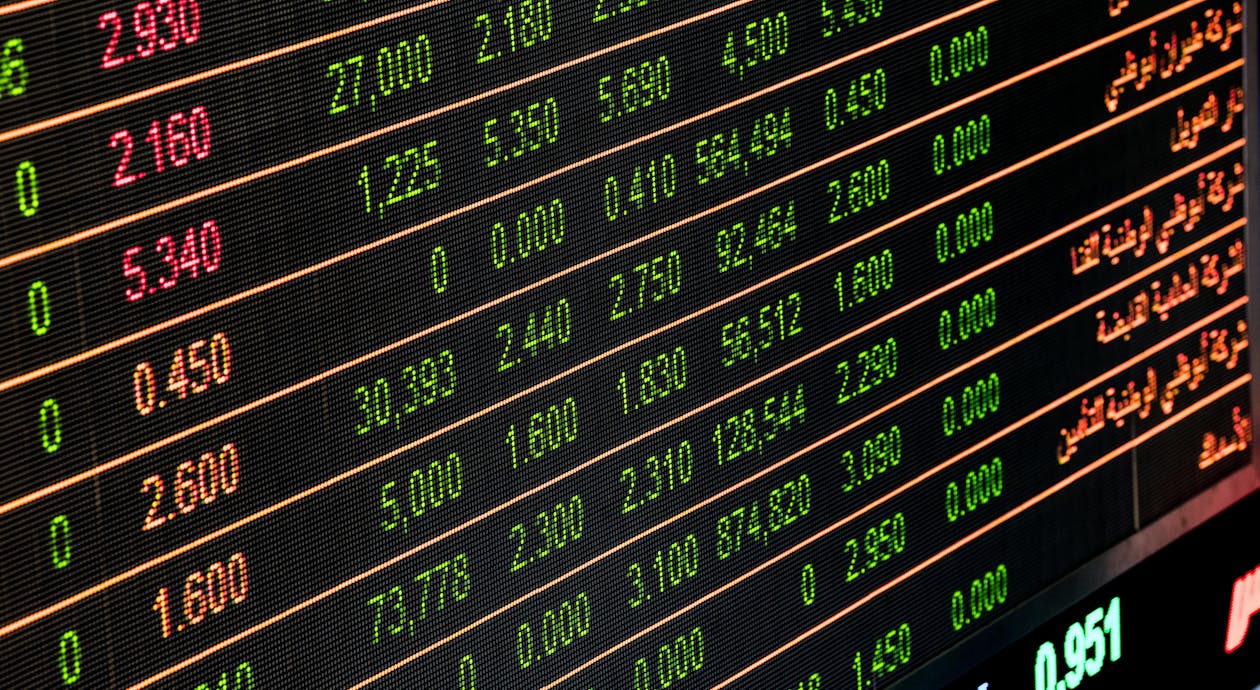Under the current wave of globalization, the relationship between geopolitics and finance is like a complicated spider web, and every tremor is enough to trigger a chain reaction in the financial market. From the impact of the Russian-Ukrainian conflict on international energy futures prices to the reshaping of the global industrial chain layout by Sino-US trade frictions, the politics of border areas is becoming a "grey rhinoceros" risk that cannot be ignored in financial markets.

When the political game between countries breaks through the boundaries of diplomatic rhetoric, the financial system is often the first to feel the chill. After the conflict between Russia and Ukraine broke out in 2022, the International Monetary Fund quickly lowered its global economic growth forecast. The exchange rate of the Russian ruble against the US dollar plummeted by 40% in a single week, and the price of European natural gas futures once exceeded 3,000 euros per megawatt hour. This kind of impact is not a simple fluctuation of supply and demand, but a financial concretization of political risks in the border areas-sanctions, trade barriers, energy supply cuts off the neural network of transnational capital flows directly.
A more hidden battlefield exists in the sovereign credit system. Several rounds of financial sanctions imposed by the United States on Iran have frozen Iran's central bank's foreign exchange reserves by more than 100 billion US dollars, which directly led to its sovereign credit rating falling to junk status. This trend of financial weaponization is reshaping the global financial structure, prompting China, Russian and other countries to accelerate the process of de-dollarization, and pushing the settlement ratio of RMB in cross-border trade to surpass Euro for the first time in 2023.
Geopolitics also indirectly affects the financial market by reshaping the industrial map. The decoupling of Sino-US science and technology led to the reconstruction of the semiconductor industry chain, and Tai Power invested 12 billion US dollars to build a factory in Arizona, which triggered stock price fluctuations of global semiconductor equipment suppliers. At the same time, Southeast Asian countries attract manufacturing transfer by virtue of their geographical advantages. In 2023, Indonesian foreign investment increased by 23%, of which 60% originated from the relocation of manufacturing capacity in China.

It is noteworthy that geopolitical risks are changing the risk pricing model of financial institutions. Investment banks such as JP Morgan Chase have incorporated the geopolitical risk index into the credit approval process. When the regional conflict index rises, the sovereign bond spreads of the corresponding countries may increase by 50-150 basis points. This quantitative evaluation system is reshaping the flow logic of international capital and making financial markets a sensitive barometer of geopolitical risks.
In the deep interweaving of geopolitics and finance, emerging markets are facing greater challenges. Turkey's lira has depreciated by more than 200% in the past three years, which is not only the external pressure of the Federal Reserve to raise interest rates, but also exposes its vulnerability in the geopolitical game between the United States and Russia. By virtue of its neutral foreign policy, Singapore has built the largest offshore RMB clearing center in Asia in the geopolitical pattern of Southeast Asia, which has become a successful example of geopolitical finance.
At present, the world is entering the era of geo-economic competition. The research and development speed of digital currency, the central bank of various countries, is accelerated, and digital currency may become the core weapon in the future geo-financial war. The International Monetary Fund warned that if the cross-border payment system encounters geopolitical attacks, it may lead to a 30% decline in the efficiency of global trade settlement. The fragility of this financial infrastructure is becoming a new focus of geopolitical wrestling.

When investors look at the international financial market, they must learn to capture the undercurrent of geopolitics beyond data fluctuations. Only those institutions that can accurately identify financial signals in geopolitical noise can grasp the key variables that really change the wealth map in the next uncertain decade.






